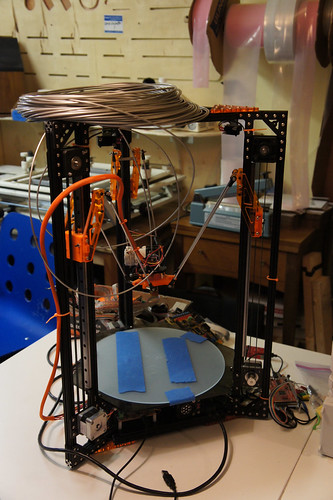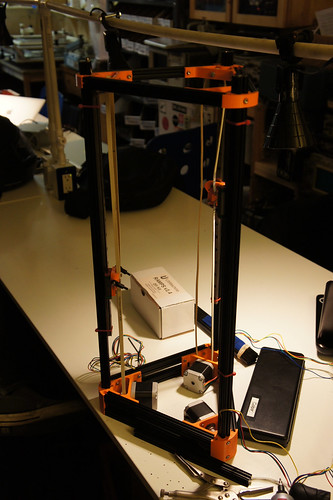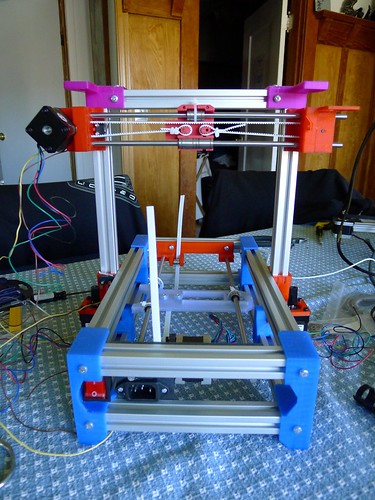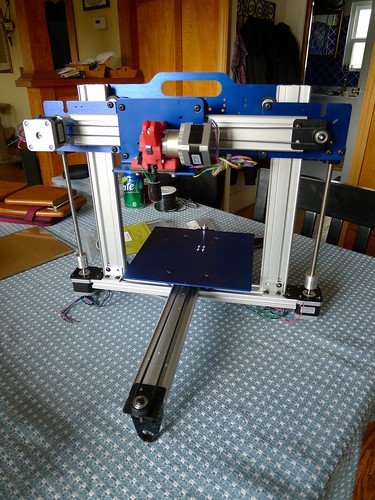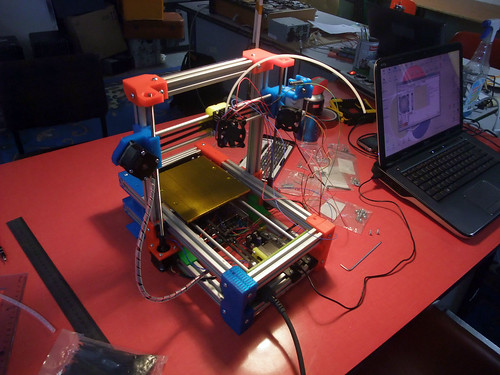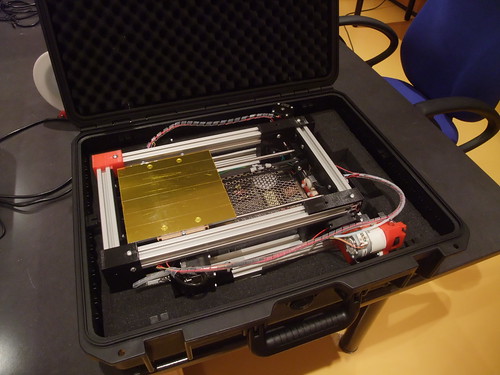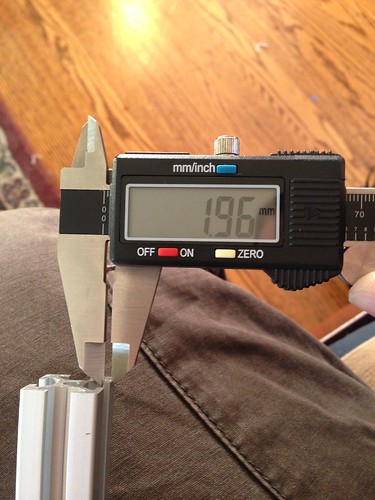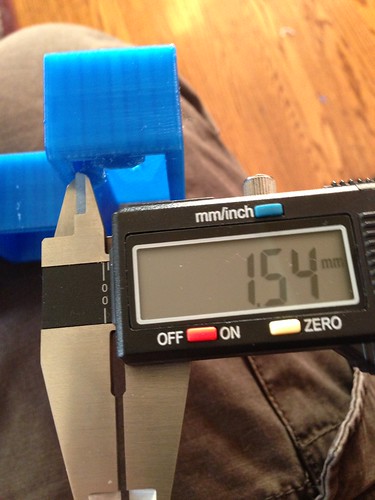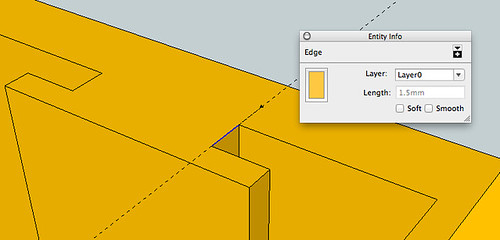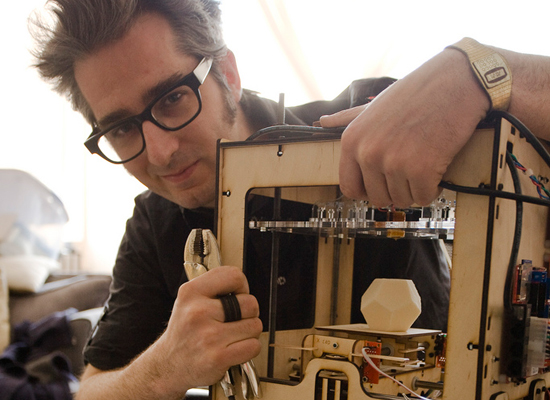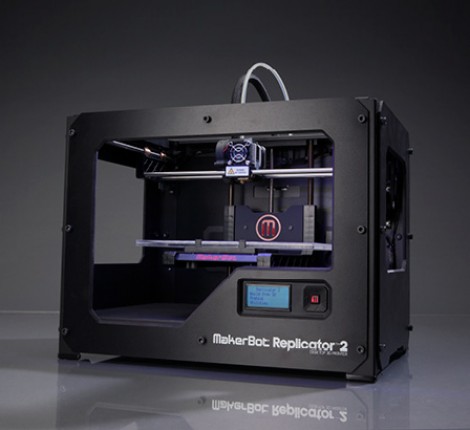Weird Records from 3D Printers and Laser Cutters
Al Billings
Warning: This post is rather heavy with the use of Flash to show videos. Sorry!
I’ve seen a bit of weirdness involving records, of all things, lately. Records, specifically Vinyl Records, are a pretty obsolete technology at this point. Yes, I’m well aware of the undying love for the “superior” sound quality of vinyl from a certain subset of bibliophiles. These people adore their record collections until the end of time. The rest of us, like my wife, have long given up on vinyl and moved, first, to compact discts (if not tapes) and then to mp3 files and our iPod-like devices. This moves record technology for most people, especially the young, into the same realm as wind up gramaphones or rotary telephones and HAM radio: old technology loved by a view but looked upon oddly by the rest.
Now, in spite of this (or maybe because of this), people are doing some weird things with record technology right now as artists. I wanted to share a few instances that I have come across, two from the same person. I came upon all of these within the last two weeks so they kind of stuck in my mind.
First, we have ice records. Cue video:
A band, the Shout Out Louds, sent out ten kits to people that have a silicone negative image of a single from their recent (unreleased at the time, I believe) album. This came with instructions to pour enclosed distilled water on it, freeze it for six hours, and pop and ice record from the mold to then play. You can view the results above.
Next is Amanda Ghassaei’s attempts to play with record technology as an artist. First, she used some high end printers to 3D print a record. She details this (at great length) on a post on instructables on this. She figured out a method to convert an mp3 music file into a grooved shape thaat would play on a traditional record player. This was then printed on a high end printer, though I suspect that a well tuned hobbyist printer might work well enough. She mentions that it has a sampling rate of only 11kHz and 5-6bit resolution, which makes it sound a bit like an ancient Edison era recording. The video below gives an example of the result:
Amanda has more recently gone on to try the same trick using a laser cutter, resulting in a wood record etched by the laser. She wrote another instructable describing this process. You can also watch her video about it below to hear the wood one:
She’s actually done this with acrylic using the laser as well and I think that it sounds a bit better than the wood one:
All of that said, the audio on all of these is horrible. I actually think the ice record sounds the best. What I’ve found the most interesting about this is the intersection of an obsolete and very analog technology, the record player and the records, with interesting art and even cutting edge tools like a laser cutter or a 3D printer. Technically, the ice record could have been made 50 years ago (I don’t think making a silcone negative is likely a difficult technical challenge) but this marriage of art and technology is fascinating.
People often ask me, “What do you make with a 3D printer?” The joke, of course, is the answer, “Parts for more 3D printers” (thought it is often true). That said, the ability to quickly prototype, especially to prototype from an artistic vision created within a computer, is really cool for art. Amanda wrote a script in Processing, an open source language used by artists a lot and often used with arduinos, to do the conversions for her to turn the music files into a three dimensional construct that she could then print or cut. What other art do people have locked inside of them that they can use these tools to express?

